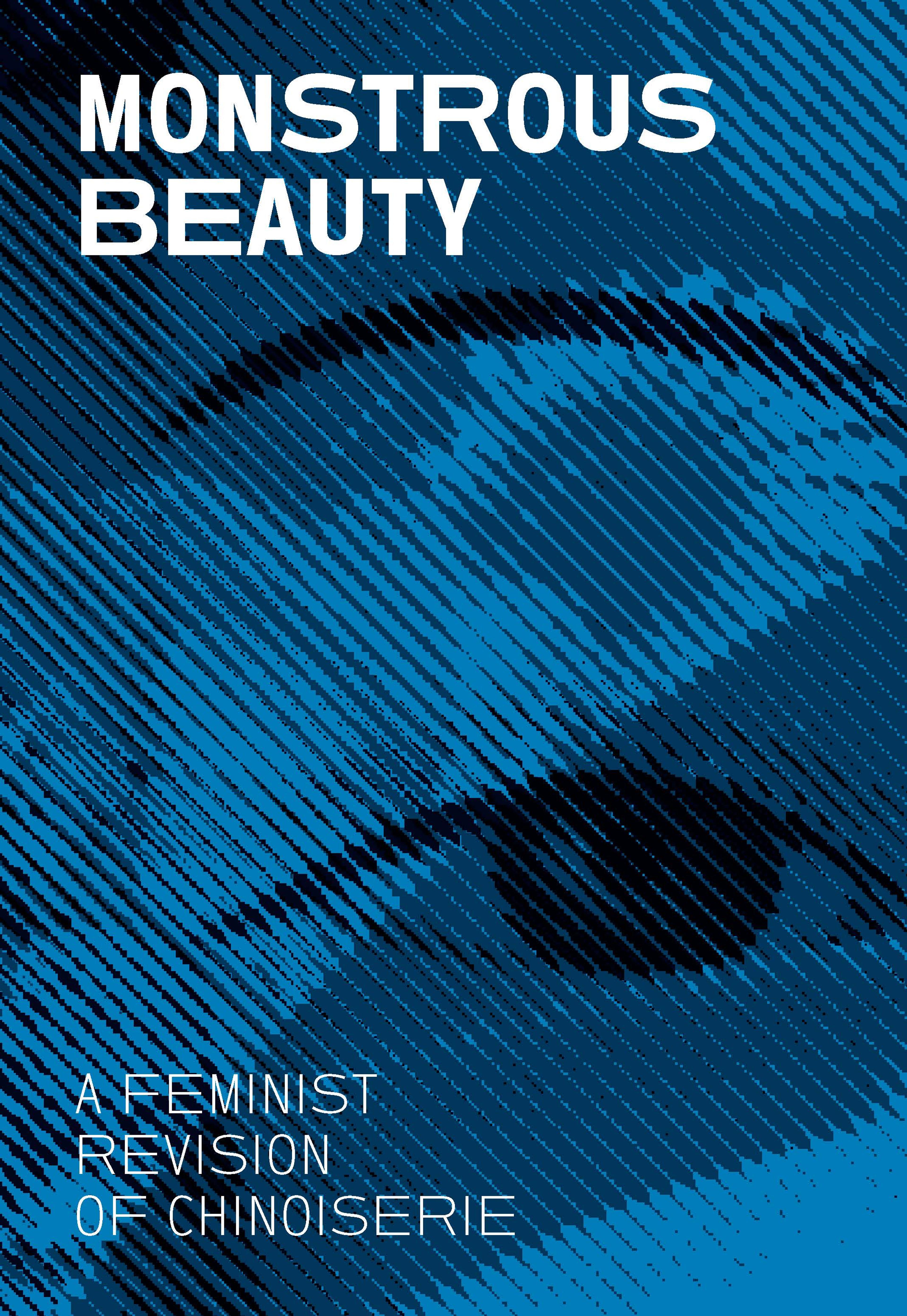Ewer from Burghley House, Lincolnshire
In the sixteenth century, Chinese porcelain occasionally arrived in England, sometimes by way of the Levant, sometimes by sea around the Cape of Good Hope. As it was very rare and considered a special treasure, the most accomplished English silversmiths were often commissioned to make mounts for it. Pieces such as these were regarded as suitable for royal gifts or for the furnishing of princely houses. The ewer shown here is one of a group of Chinese porcelains of Wanli period (1573–1620), with silver-gilt mounts made in London by an unidentified silversmith about 1585. They were all acquired by the Museum from the estate of J. P. Morgan.
Artwork Details
- Title: Ewer from Burghley House, Lincolnshire
- Date: Chinese porcelain 1573– ca. 1585, British mounts ca. 1585
- Culture: British, London mounts and Chinese porcelain
- Medium: Hard-paste porcelain, gilded silver
- Dimensions: Height: 13 5/8 in. (34.6 cm)
- Classification: Metalwork-Silver In Combination
- Credit Line: Rogers Fund, 1944
- Object Number: 44.14.2
- Curatorial Department: European Sculpture and Decorative Arts
More Artwork
Research Resources
The Met provides unparalleled resources for research and welcomes an international community of students and scholars. The Met's Open Access API is where creators and researchers can connect to the The Met collection. Open Access data and public domain images are available for unrestricted commercial and noncommercial use without permission or fee.
To request images under copyright and other restrictions, please use this Image Request form.
Feedback
We continue to research and examine historical and cultural context for objects in The Met collection. If you have comments or questions about this object record, please complete and submit this form. The Museum looks forward to receiving your comments.
